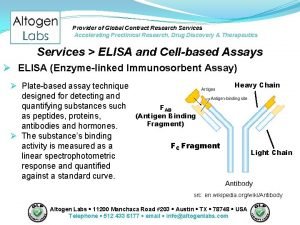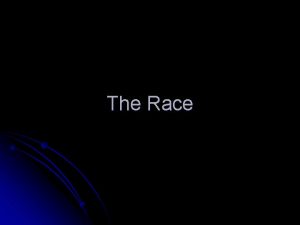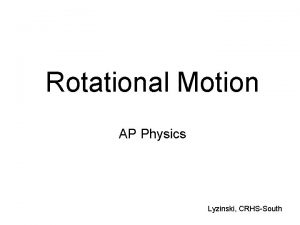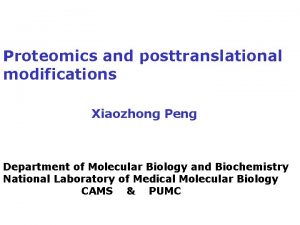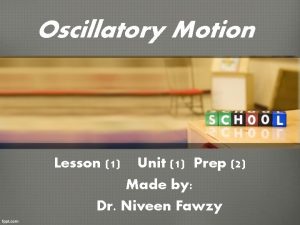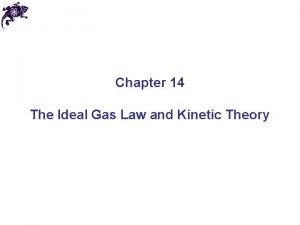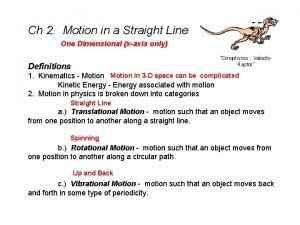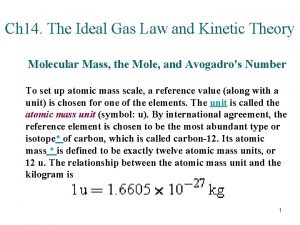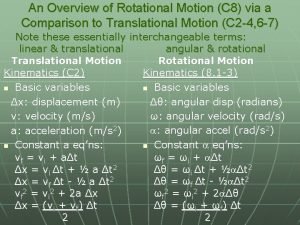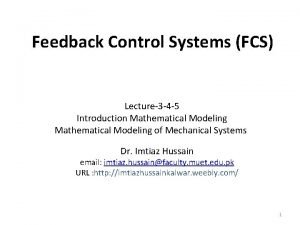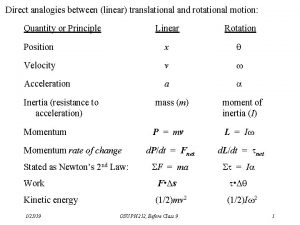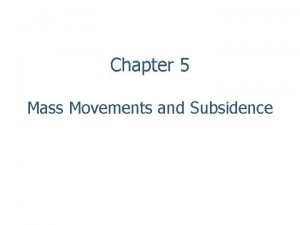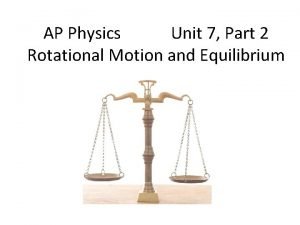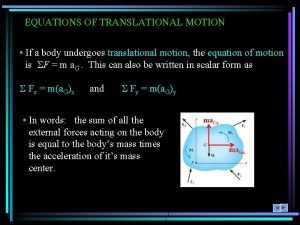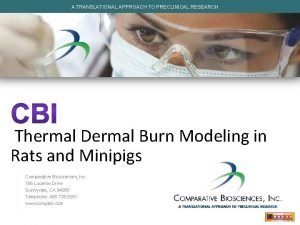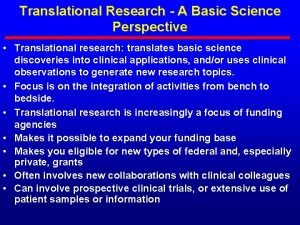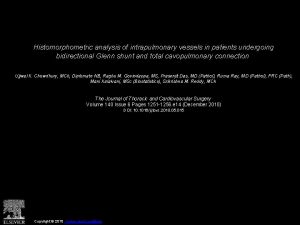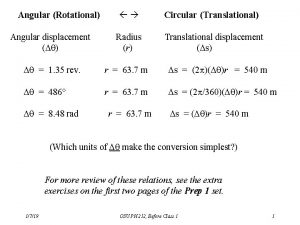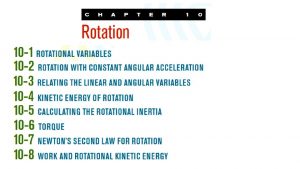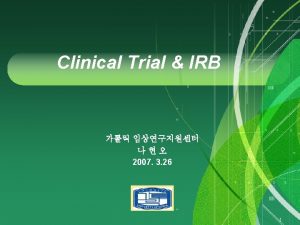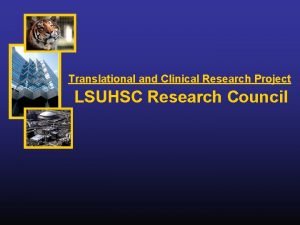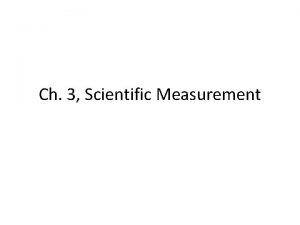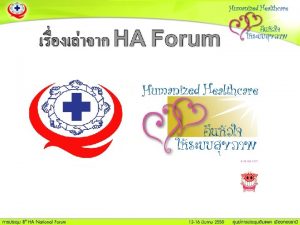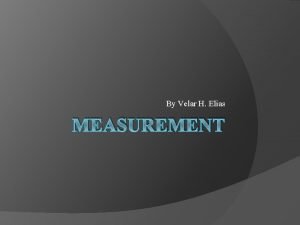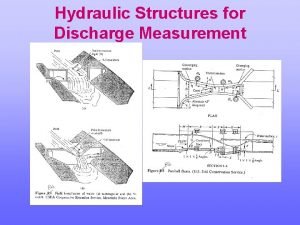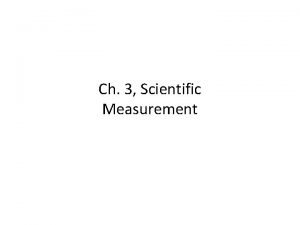A TRANSLATIONAL APPROACH TO PRECLINICAL RESEARCH Histomorphometric Measurement






















- Slides: 22

A TRANSLATIONAL APPROACH TO PRECLINICAL RESEARCH Histomorphometric Measurement of Hyper-oxygenation Model of Bronchopulmonary Dysplasia: Validation of Phase Contrast Methodology Alireza Ebrahimnejad, Ph. D Carol Meschter, DVM, Ph. D, DACVP Comparative Biosciences, Inc. 786 Lucerne Drive Sunnyvale, CA 94085 Telephone: 408. 738. 9260 www. compbio. com

A TRANSLATIONAL APPROACH TO PRECLINICAL RESEARCH Bronchopulmonary Dysplasia • Hyper-oxygenation of neonatal rat pups is an established model of bronchopulmonary dysplasia • Prematurity, toxic lung injury, smoke inhalation • Assessments of treatment: Pulmonary function and MLI is the typical parameters assessed • CBI has developed and validated a method of assessment of the alveolar changes using a method of histomorphometric phase analysis based upon Jacob, et al. 2009 • This models offers a superior and more sophisticated method to assess changes in morphology is comparison to MLI determinations

A TRANSLATIONAL APPROACH TO PRECLINICAL RESEARCH Hyper-oxygenation Model • New born rat pups are placed in a high oxygen environment in a hyperoxic tank with their dams for 2 weeks • CBI has developed special proprietary methods of management of pups and dams • Following removal, over a period of 1 -2 weeks, alveolar walls are damaged and become thickened and fibrotic with accompanying inflammation • Alveolar walls appear thickened, and the alveolar spaces appear to be dilated. • Lesions and MLI data are compatible with literature (von. Haaften, 2009)

A TRANSLATIONAL APPROACH TO PRECLINICAL RESEARCH Hyper-oxygenation Model Hyper oxygen chamber used a CBI

A TRANSLATIONAL APPROACH TO PRECLINICAL RESEARCH Hyper-oxygenation Model Histologic Findings in Bronchopulmonary Dysplasia • Histology is the main assessment in this model • Multifocal areas of pulmonary fibrosis-with increases in alveolar thickness with accompanying inflammation • Decreases in alveolar lumen size with increased alveolar wall thickness with inflammation is present. • Immunohistochemical changes of increases in • alveolar wall collagen I numbers of alveolar macrophages new capillary growth PCNA expression

A TRANSLATIONAL APPROACH TO PRECLINICAL RESEARCH Histologic Findings Hyperox-lung Normal lung 152 Hyperox-lung 805 Hyperox-lung 904 851 Hyperox-lungs: There is thickening of the alveolar walls, with inflammation, edema, and hemorrhage and consequently reduced alveolar area

A TRANSLATIONAL APPROACH TO PRECLINICAL RESEARCH Immunohistochemistry • IHC assessments may include • Collagen Type I* • SMA 1* • CD 68* • v. WF* • CD 8 • PCNA* • KI 67 *clear differences between normal air and hyper-oxygen

A TRANSLATIONAL APPROACH TO PRECLINICAL RESEARCH Hyper-oxygen-induced increases in v. WF, PCNA.

A TRANSLATIONAL APPROACH TO PRECLINICAL RESEARCH Hyper-oxygen-induced increases in Collagen I. Minimal changes in KI 67

A TRANSLATIONAL APPROACH TO PRECLINICAL RESEARCH Immunohistochemistry • Collagen Type I: Increased expression in alveolar walls of hyperoxygenated lungs

A TRANSLATIONAL APPROACH TO PRECLINICAL RESEARCH Immunohistochemistry • CD 68 Pan-macrophage: Increased numbers of CD 68 macrophages in alveolar walls of hyperoxygenated lungs

A TRANSLATIONAL APPROACH TO PRECLINICAL RESEARCH Hyper-ox Model Validated at CBI Mean Linear Intercept • MLI is a common method to assess hyper-oxygen-induced changes in the alveolar walls • CBI conducted several studies assessing normoxic vs hyperoxic lungs • MLI assessments at CBI were compatible with literature references • Histopathologic lesion were compatible with literature references Table 2 A: Summary of MLI measurements Normoxia (µm) Hyperoxygenation (µm) CBI MLI 35. 5 ± 0. 06 44. 3± 5. 3 Reference MLI Van Haaften, 2009 ~35. 5 ± 3 ~50. 3± 2

A TRANSLATIONAL APPROACH TO PRECLINICAL RESEARCH Mean Linear Intercept Assessments • Older method using a stage microscope and a microscopic grid. The number of times an alveolar wall, or septa, intersects with a grid line are manually counted. • Neonatal lungs respond to hyper-oxygenation by collagen deposition in the alveolar walls leading to thickening of the walls, and expansion of the alveolar space which leads to a reduction in the number of alveoli in a given area. • MLI is reduced in hyper-oxygenated lungs by about 22% in this model in comparison to normal lung alveoli (Van Haaften, 2009)

A TRANSLATIONAL APPROACH TO PRECLINICAL RESEARCH MLI Assessment • MLI (mean linear intercept) is a method to measure this change. This is an older method that is very labor intensive and does not take histopathologic changes in the lung into consideration

A TRANSLATIONAL APPROACH TO PRECLINICAL RESEARCH *** **** * Group 1 Injection type V Volume Injected 100 ul Dams Swapped Yes 3 V 125 ul Yes 7 NA NA Yes Hyperoxic 8 NA NA No ** 9 V 125 ul No 10 NA NA No Normoxic MLI values in a study demonstrating increased MLI values in hyperoxygenated pups in comparison the normal air. There is about a 20% increase in size. Mean Linear Intercept of rat lung images after fixing with formalin and staining with hematoxylin and eosin at P 28 (n=6 for Group 1/3/7, n=10 for Group 8, n=9 for Group 9/10). ns (blank) P>0. 05; *P≤ 0. 05; **P≤ 0. 01; **P≤ 0. 001;

A TRANSLATIONAL APPROACH TO PRECLINICAL RESEARCH Phase Contrast Analysis • CBI has developed a sophisticated histomorphometric phase contrast method • Method based in part upon Jacob, et al. , 2009 and modified and enhanced and customized at CBI • Accurate and sophisticated • Reproducible • Reflects relevant changes in the alveolar wall thickness and changes in alveolar spaces • Validated and optimized for use in bronchopulmonary dysplasia

A TRANSLATIONAL APPROACH TO PRECLINICAL RESEARCH Example of PCA (Jacob, 2009 et al. ) Analysis shows differences in alveolar wall thickness and alveolar space area.

A TRANSLATIONAL APPROACH TO PRECLINICAL RESEARCH PCA at CBI: hyper-oxygen vs normal air. There are clear differences in alveolar wall thickness and alveolar space size A&B Hyperoxic O 2 C Normal Air A B C D D F Top: H&E Images of lungs in a hyperoxic chamber at high Oxygen (A&B) and normal air (C). Bottom: The corresponding pixel image analysis was shown in (D, E and F)

A TRANSLATIONAL APPROACH TO PRECLINICAL RESEARCH CBI PCA data showing clear significant increases in alveolar wall thickness

A TRANSLATIONAL APPROACH TO PRECLINICAL RESEARCH CBI PCA data showing clear significant increases in alveolar wall thickness

A TRANSLATIONAL APPROACH TO PRECLINICAL RESEARCH CBI PCA data showing clear significant increases in alveolar wall thickness and differences in the area of the alveolar spaces

A TRANSLATIONAL APPROACH TO PRECLINICAL RESEARCH Summary • CBI offers a validated model of hyper-oxygen-induced bronchopulmonary dysplasia in neonatal rats • Histopathologically there are changes in alveolar lumen size with increased alveolar wall thickness, decreases in alveolar area with inflammation present. • Histomorphometric phase analysis as developed and validated by CBI is consistent with the histologic changes and offers a more robust and accurate assessment of alveolar wall changes than MLI. • CBI PCA indicates a reliable increase in alveolar wall thickness and decrease in alveolar space
 Translational research institute on pain in later life
Translational research institute on pain in later life Preclinical research services
Preclinical research services Preclinical research services
Preclinical research services A body is in translational equilibrium if
A body is in translational equilibrium if Translational data science
Translational data science Translational kinetic energy
Translational kinetic energy Translational vs rotational motion
Translational vs rotational motion Post translational and co translation
Post translational and co translation Oscillatory motion prep 2
Oscillatory motion prep 2 Translational kinetic energy
Translational kinetic energy Translational kinetic energy
Translational kinetic energy Translational motion definition
Translational motion definition Translational kinetic energy
Translational kinetic energy Translational vs rotational motion
Translational vs rotational motion Translational criminology
Translational criminology Rolling without slipping
Rolling without slipping Translational speed formula
Translational speed formula Translational mechanical system examples
Translational mechanical system examples Duke translational medicine institute
Duke translational medicine institute Rotational and linear motion analogies
Rotational and linear motion analogies Subsidence mass wasting
Subsidence mass wasting Ap physics 1 unit 7 mcq
Ap physics 1 unit 7 mcq Translational motion equations
Translational motion equations


